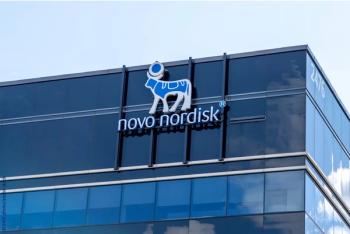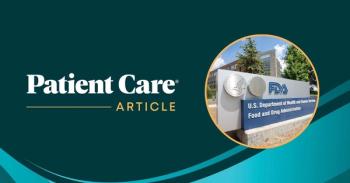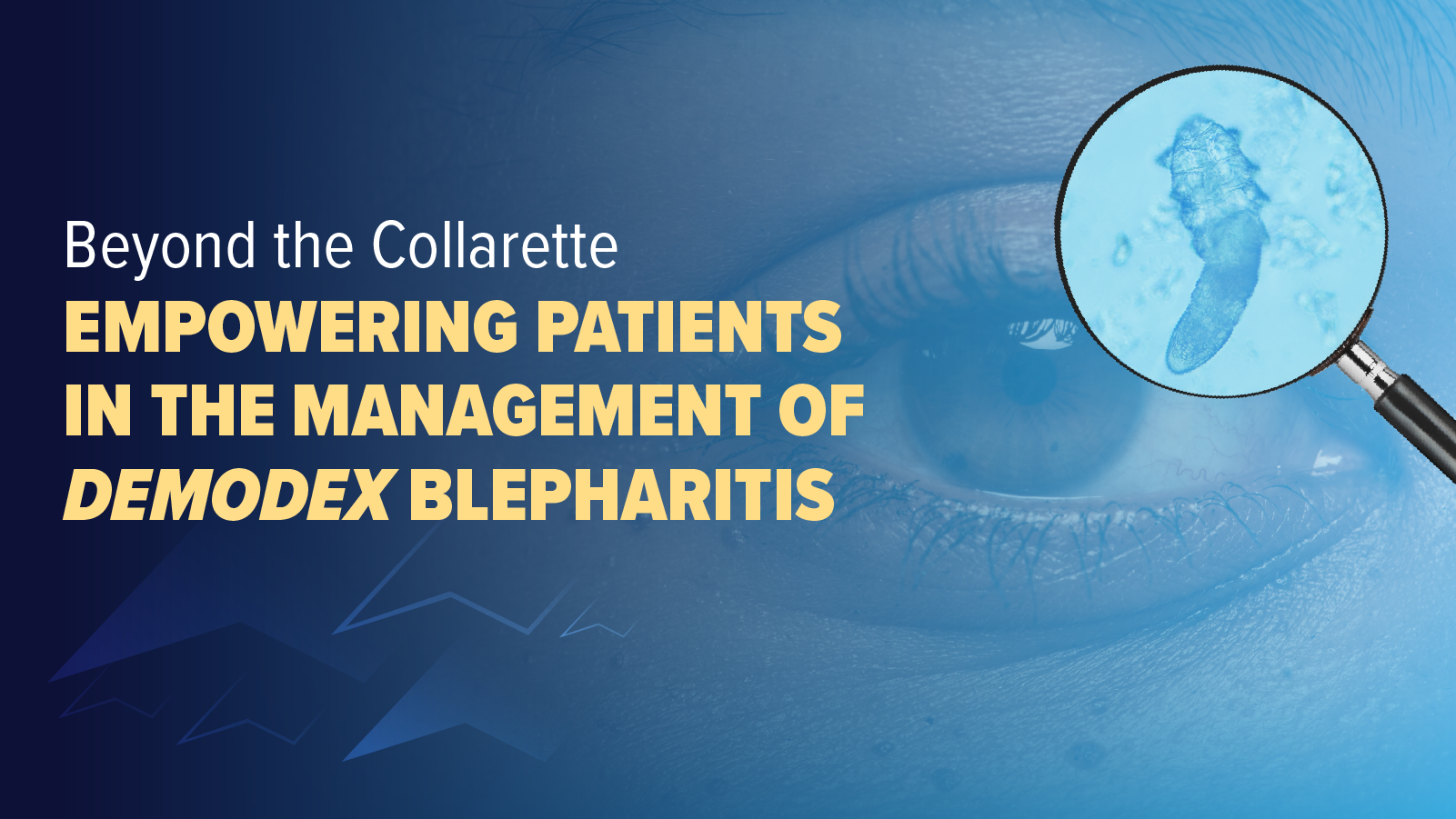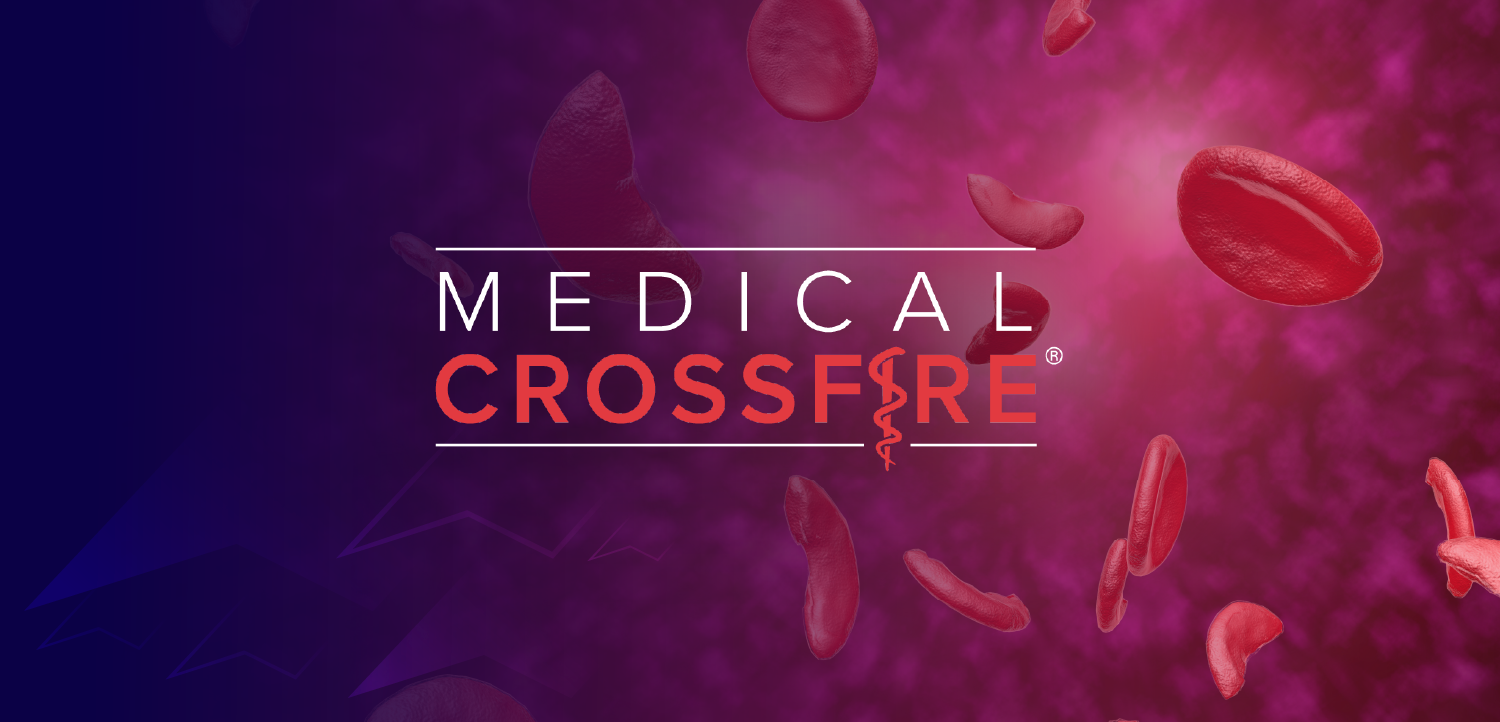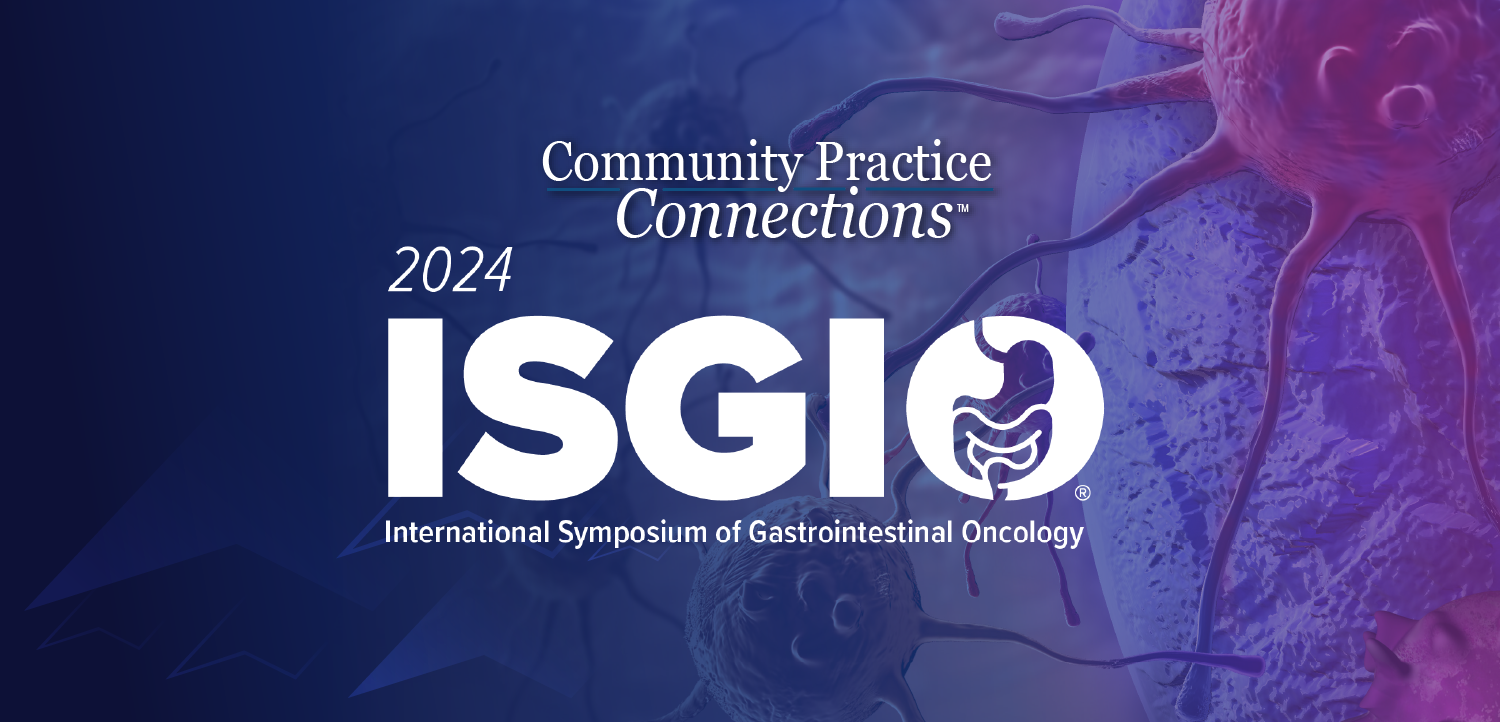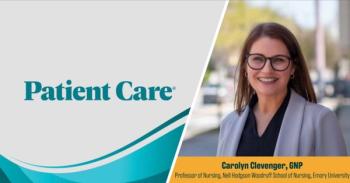
Lilly’s Oral GLP-1 Orforglipron Meets End Points in Phase 3 Obesity and Diabetes Trial
Patients taking orforglipron achieved significant weight loss, hemoglobin A1c reduction, and cardiometabolic benefits in the phase 3 ATTAIN-2 study, supporting upcoming global regulatory submissions.
Eli Lilly and Company announced positive topline results from the phase 3 ATTAIN-2 trial of
In ATTAIN-2, all 3 doses of orforglipron met the primary endpoint of superior body weight reduction compared with placebo at 72 weeks. Participants receiving the highest dose (36 mg once daily) lost an average of 10.5% of body weight (22.9 lbs) compared with 2.2% (5.1 lbs) in the placebo group.1
"Based on my experience leading clinical trials in obesity and diabetes, these data show the potential for orforglipron to offer an efficacy, safety, and tolerability profile consistent with the injectable GLP-1 class," Louis J. Aronne, MD, founder and Chair Emeritus of the American Board of Obesity Medicine, former president of The Obesity Society, Fellow of the American College of Physicians, said in a press release. "Orforglipron could help health care providers expand treatment options for patients who prefer oral therapies without compromising clinical results."1
Key secondary endpoints were also met. Participants taking orforglipron achieved mean A1C reductions of 1.3% to 1.8% from a baseline of 8.1%, compared with 0.1% with placebo. At the highest dose, 75% of participants reached an HbA1C of ≤6.5%. In addition, orforglipron demonstrated improvements in non-HDL cholesterol, systolic blood pressure, triglycerides, and inflammation, with a 50.6% reduction in high-sensitivity C-reactive protein.1
The phase 3
The pivotal ATTAIN-1 trial also found that orforglipron significantly reduced body weight in adults with obesity or overweight without diabetes. At 72 weeks, participants receiving the highest 36 mg dose lost an average of 12.4% of baseline weight (27.3 lbs) compared with 0.9% (2.2 lbs) with placebo. More than half (59.6%) of participants on the 36 mg dose lost at least 10% of baseline weight, and 39.6% lost at least 15%. Orforglipron was also associated with improvements in cardiometabolic risk factors, including reductions in non-HDL cholesterol, triglycerides, systolic blood pressure, and nearly 50% reduction in high-sensitivity C-reactive protein. The safety profile was consistent with the GLP-1 class, with gastrointestinal adverse events being the most frequently reported.3
The safety profile of orforglipron in ATTAIN-2 was consistent with that of injectable GLP-1 receptor agonists. The most common adverse events were gastrointestinal in nature, including nausea, vomiting, diarrhea, constipation, and dyspepsia, which were generally mild to moderate. Treatment discontinuation due to adverse events occurred in 6.1% to 10.6% of orforglipron-treated participants compared with 4.6% of those receiving placebo. No hepatic safety signals were observed.1
The ATTAIN-2 trial enrolled more than 1600 participants with obesity or overweight and type 2 diabetes across 12 countries. Orforglipron is being evaluated across the global ATTAIN phase 3 program, which has enrolled over 4500 participants to date.1
Detailed results from ATTAIN-2 will be presented at an upcoming medical meeting and published in a peer-reviewed journal, according to Lilly.1
References:
- Lilly’s oral GLP-1, orforglipron, is successful in third Phase 3 trial, triggering global regulatory submissions this year for the treatment of obesity. News release. Eli Lilly and Company. August 26, 2025. Accessed August 26, 2025.
https://investor.lilly.com/news-releases/news-release-details/lillys-oral-glp-1-orforglipron-successful-third-phase-3-trial - Halsey G. Lilly's Oral GLP-1 orforglipron shows significant and competitive A1c and weight reductions in phase 3 trial. Patient Care. April 17, 2025.
https://www.patientcareonline.com/view/lilly-s-oral-glp-1-orforglipron-shows-significant-and-competitive-a1c-and-weight-reductions-in-phase-3-trial - Halsey G. Lilly's Oral GLP-1 Agonist Orforglipron Linked to Weight Reduction of 12.4% in Pivotal Phase 3 Trial. Patient Care. August 7, 2025.
https://www.patientcareonline.com/view/lilly-s-oral-glp-1-agonist-orforglipron-linked-to-weight-reduction-of-12-4-in-pivotal-phase-3-trial
Newsletter
Enhance your clinical practice with the Patient Care newsletter, offering the latest evidence-based guidelines, diagnostic insights, and treatment strategies for primary care physicians.



